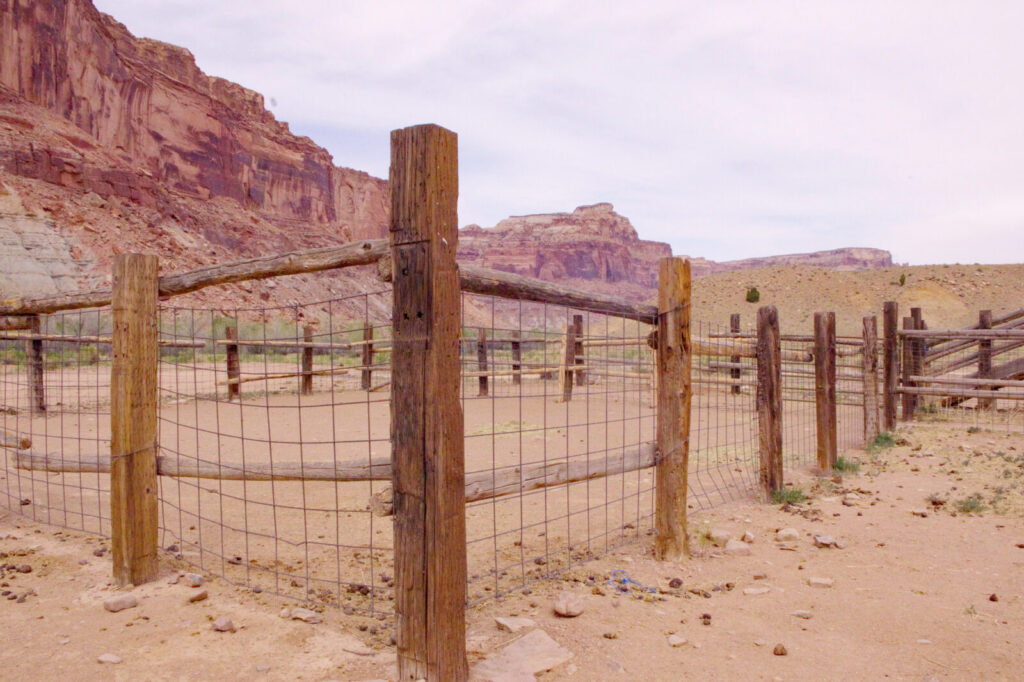Fencing is the practice of strategically installing barriers. These barriers can be constructed from various materials like wire, metal, wood, or vinyl. Fencing serves several purposes, ranging from maintaining boundaries and enhancing security to improving the landscape’s aesthetic appeal.
Erecting fences can be challenging when dealing with uneven or complex terrains. These obstacles can often be daunting. However, there are practical solutions designed to tackle these difficulties.
This article delves into six invaluable tips and tricks for successful fencing on challenging ground.
Table of Contents
Utilizing Proper Equipment
The choice of equipment is crucial when working on challenging terrains. Traditional fencing tools may need to be supplemented or replaced with specialized equipment such as the post driving tools from Powertech, designed to drive fence posts into uneven or rocky ground.
The right equipment can significantly enhance the installation process’s efficiency and ensure the fence’s stability. This is particularly crucial on challenging terrains, where the proper placement and securing of fence posts can be tricky. Such high-quality equipment can make installing fences on hard ground much easier and faster.
Ground Assessment And Planning
Ground assessment is the cornerstone of any successful fencing project, especially on challenging terrain. This involves studying the contours of the land, identifying potential obstructions, and getting a sense of the overall terrain. This step provides the basis for making informed decisions during the planning phase.
Strategic planning is the next essential step following ground assessment. Considering the obstacles and terrain, drawing up a detailed layout of the area to be fenced can significantly ease the installation process. This visual guide can help determine where to locate the fence posts, how much material is needed, and how to navigate potential issues.
Choosing The Right Materials
Various fencing materials are available, each with unique characteristics and suitability for different terrains. When dealing with challenging ground, the choice of material can significantly affect the durability and stability of the fence.
The selected material should suit the ground conditions and the intended use of the fence. For example, wood and vinyl might be excellent choices for residential fences on uneven ground due to their versatility. In contrast, wire fences could be a more economical option for extensive agricultural lands with undulating terrains.

The advantages and disadvantages of each material should be carefully weighed. For instance, while metal fences might offer robustness, they may offer a different level of flexibility than high-tensile wire fences on hilly terrains. Choosing the suitable material is thus critical to the fence’s overall performance.
Adapting Fencing Techniques To The Terrain
Various fencing techniques have been developed, each suited to specific conditions. On challenging ground, it becomes necessary to adapt these techniques to meet the unique demands of the terrain.
An example of such an adaptation is using the ‘racking’ method on sloping terrain. This technique, which allows the fence panels to conform to the slope gradient, maintains a uniform height from the ground across the fence line.
Professional Consultation And Hiring Expertise
There may be situations where professional consultation is necessary despite careful planning and the best equipment. Hiring experts with a wealth of experience with various types of terrain can help avoid potential pitfalls and ensure a successful fencing project.
Professionals bring in-depth knowledge and various skills, from assessing the best fencing technique for a specific terrain to offering solutions for unexpected problems during installation. Their expertise can lead to a more efficient and successful fence installation.
For example, to fence a rocky place, hire a professional fencing company with experience navigating a particularly rocky terrain. Their expertise can prove invaluable in overcoming challenges, ensuring the project is completed without a hitch.
Regular Maintenance And Inspection
Lastly, it’s important to remember that fencing doesn’t end with installation. Regular maintenance and inspection are critical for the longevity of a fence, especially when installed on challenging terrain.
Routine inspections help identify signs of wear and tear and mitigate potential issues before they escalate. This includes checking fence posts for stability, inspecting the fence line for any damage, and looking for signs of erosion around the fence base.
Moreover, regular maintenance activities such as re-tightening loose components and replacing damaged sections can prolong the fence’s life. A fence can withstand adverse conditions and continue to serve its purpose for a long time if regularly maintained.
Conclusion
Fencing on challenging ground is always challenging for several reasons. However, with careful planning, the selection of suitable materials and techniques, the right equipment, professional guidance, and regular maintenance, it can be successfully tackled.
Remember, adapting and learning from each unique situation is the key to overcoming these challenges. After all, fencing is a journey of continuous learning and adaptation.





